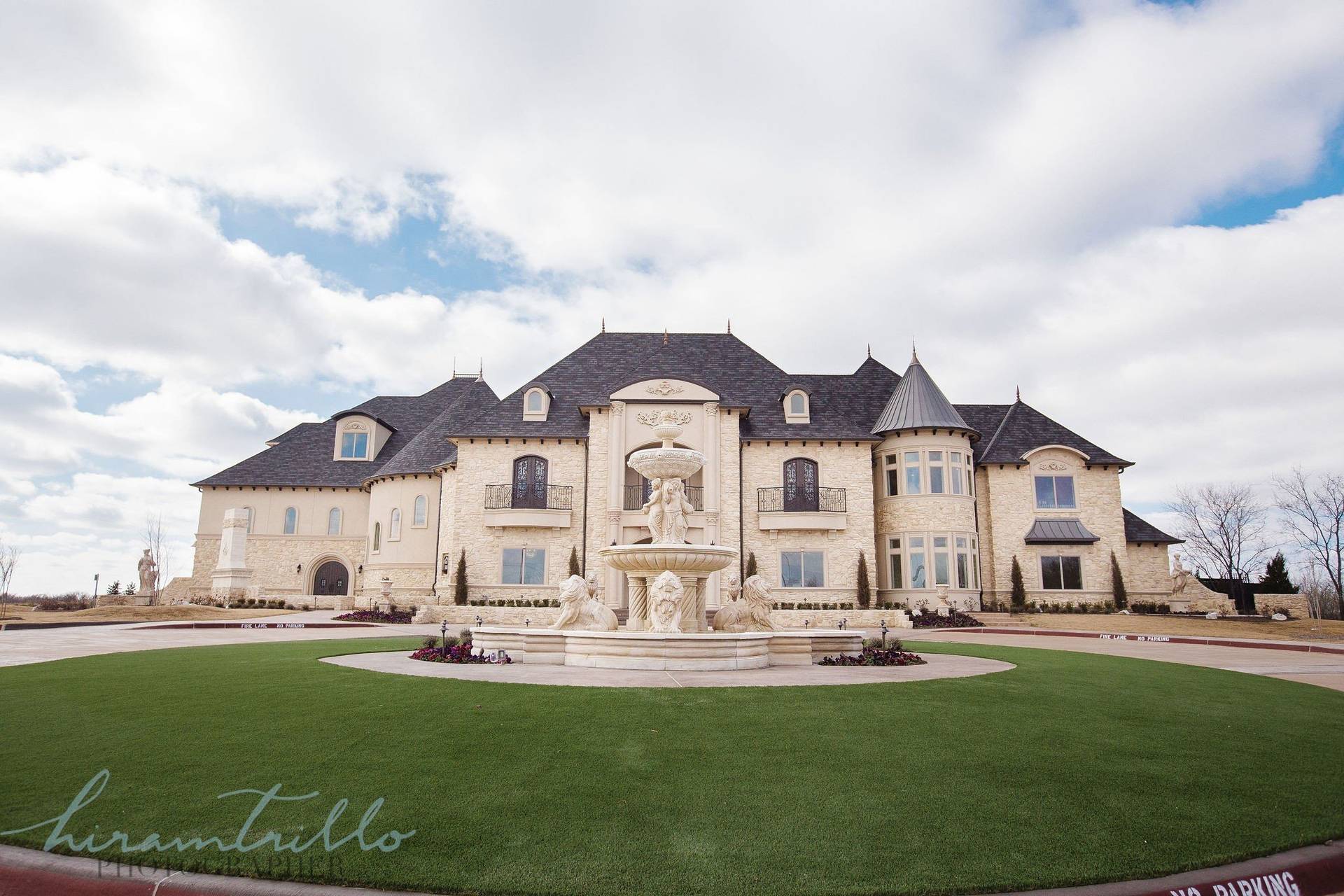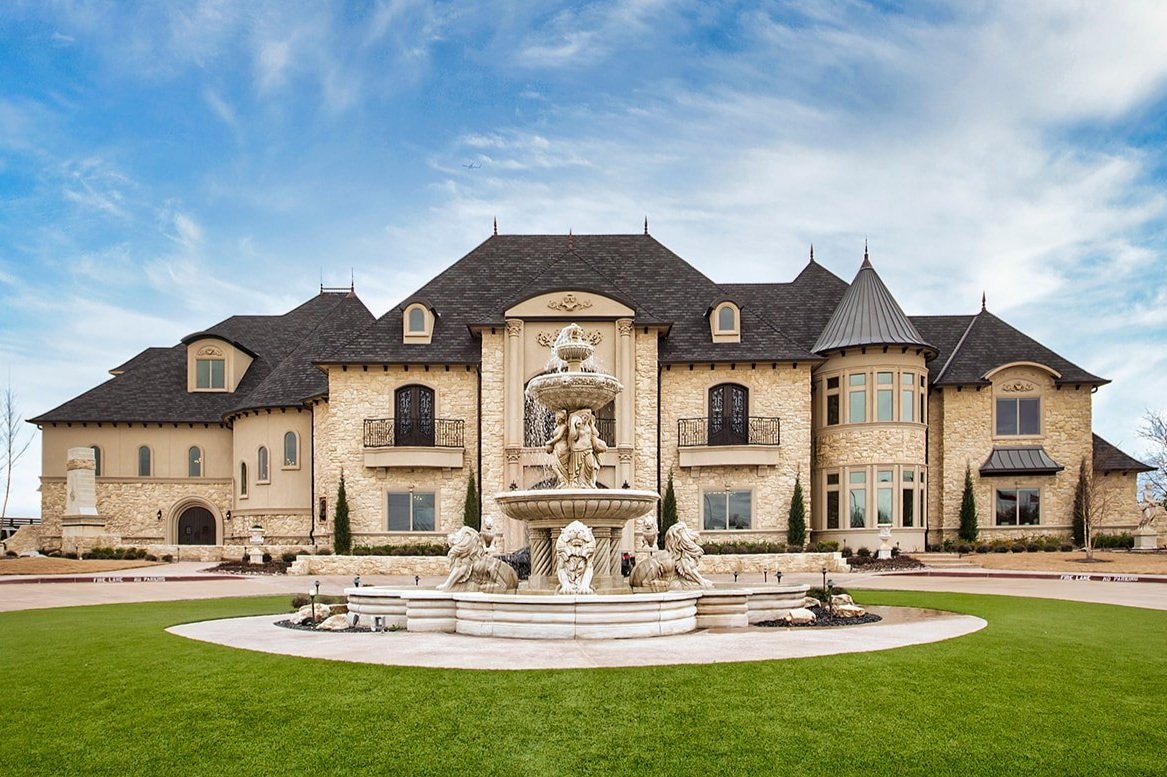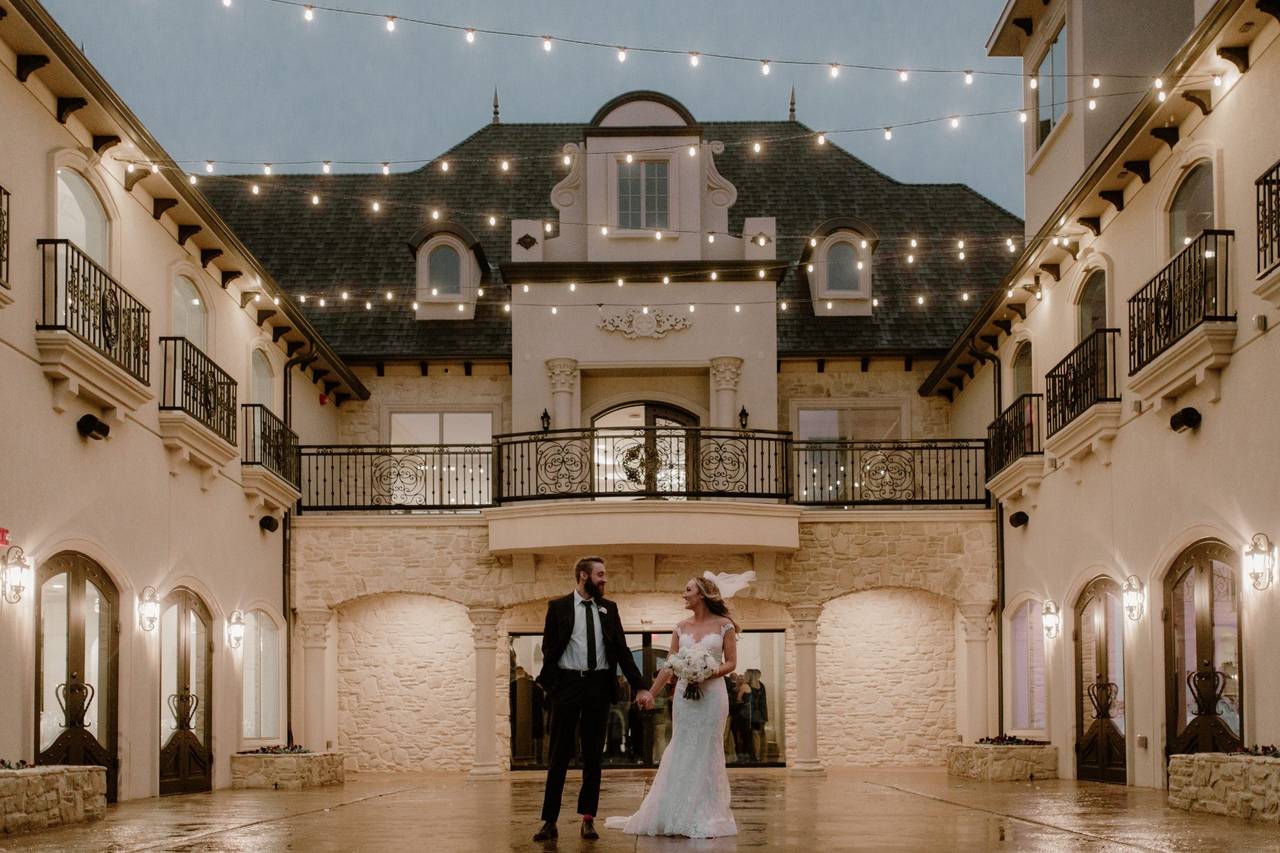Discover Knotting Hill Place: Hidden Gems & Charm
Could a single address hold the key to unraveling a web of secrets, whispered rivalries, and enduring mysteries? Knotting Hill Place, a name synonymous with charm and cinematic allure, has a deeper, more complex story to tell, one that extends far beyond the romanticized facades of film and fiction.
Nestled in the heart of London's affluent borough of Kensington and Chelsea, Knotting Hill Place isn't just a location; it's a character. Its very stones seem to absorb the narratives of those who have lived within its walls, the echoes of their triumphs and tribulations, their joys and their sorrows. For decades, this address has been a beacon for the ambitious, the artistic, and the eccentric, each leaving their indelible mark on the fabric of this iconic locale. But what makes Knotting Hill Place such a magnet? Is it the allure of its architectural grandeur, the prestige of its postcode, or something more ethereal, a confluence of destiny and design?
The story of Knotting Hill Place, however, isn't simply about the buildings that stand there; it's about the people who have called them home. From the Victorian eras burgeoning social scene to the modern days celebrity residents, each individual, each family, each gathering has added a layer to the rich tapestry of the area's history. The very air seems charged with the weight of past conversations, the scent of long-forgotten perfumes, and the phantom melodies of pianos played late into the night. This confluence of past and present fuels the enduring fascination with Knotting Hill Place, making it far more than just a collection of houses; it's a microcosm of London itself, reflecting the city's relentless evolution.
Let us delve deeper into the story, consider the people who have shaped its identity. The following table summarizes some key biographical information related to figures of note in this narrative. Please note that this is just a selective representation.
| Name | Birth Date | Occupation/Notable For | Key Achievements/Contributions | Link to Reference |
|---|---|---|---|---|
| (Hypothetical Example) Lady Annelise Sterling | 1888 | Socialite, Philanthropist, Host of Notable Gatherings | Hosting lavish parties that defined the social scene of the 1920s and 30s; significant charitable contributions to local hospitals and schools | Example Biography (Hypothetical) |
| (Hypothetical Example) Mr. Alistair Finch | 1945 | Architect, Preservationist | Significant contributions to the preservation of Victorian architecture in Knotting Hill; designed several notable renovations that kept the buildings original charm. | Example Biography (Hypothetical) |
| (Hypothetical Example) Isabella Rossi | 1960 | Art Collector, Owner of a Noted Gallery | Curated several important exhibitions of modern art in Knotting Hill; helped to launch the careers of several emerging artists. | Example Biography (Hypothetical) |
The evolution of Knotting Hill Place offers a captivating lens through which to view London's complex history. Originally, the area was a rural landscape, far removed from the bustling metropolis that would one day encompass it. The transformation from farmland to a fashionable residential district mirrored the growth and expansion of London itself, a testament to the city's constant evolution.
The area's development truly accelerated during the Victorian era. The arrival of the railway, providing easy access to central London, was a catalyst for rapid growth. Grand terraced houses began to spring up, attracting wealthy families and the rising middle class. This wave of development saw the creation of the iconic architecture that defines Knotting Hill Place today, characterized by stucco facades, elegant wrought-iron balconies, and meticulously maintained gardens. The era imbued the area with a distinctive air of sophistication, setting the stage for the reputation it enjoys today.
The 20th century brought its own set of changes. The two World Wars, of course, impacted the lives of the residents; the subsequent economic hardships brought fluctuations in the areas social makeup. Post-war, Knotting Hill Place went through a period of both decline and reinvention, its fortunes often mirroring those of London as a whole. The arrival of immigrants from the Caribbean in the 1950s, in particular, profoundly impacted the area, contributing to the vibrant cultural diversity that remains one of its most distinguishing features. This cultural explosion, the ensuing growth of arts, music and culinary landscape, reshaped the community, adding depth and breadth to its identity. The Notting Hill Carnival, which began in 1966, became a symbol of this cultural richness, a vibrant celebration of the areas diversity and a focal point in its ongoing narrative.
In contemporary times, the area has experienced another transformation. The allure of the area attracted film makers, leading to a period of increased attention and interest, as its picturesque streets and grand houses served as a backdrop for films, notably including the 1999 film "Notting Hill," which catapulted the location to international fame. This visibility, in turn, fueled a surge in property values, making Knotting Hill Place one of the most expensive and desirable residential areas in London. This era of glamour attracted a new generation of residents, including celebrities and high-profile figures, further cementing its status as a location of prestige and influence.
The architecture of Knotting Hill Place, of course, is a significant component of its allure. The streets are lined with elegant Victorian townhouses, characterized by their stucco facades, elaborate detailing, and generous proportions. Many of these buildings have been painstakingly preserved and renovated, retaining their original charm while incorporating modern amenities. The architectural style is a testament to the era's prosperity and aesthetic sensibilities. The grand terraced houses are not only aesthetically pleasing; they also represent a specific way of life, a lifestyle of comfort, space, and refined tastes.
The influence of the Arts and Crafts movement is evident in the details of many buildings, particularly in the ironwork, the stained-glass windows, and the decorative elements. This aesthetic style further emphasizes the artistic character of the place. The layout of the streets, often featuring quiet mews and secluded squares, fosters a sense of intimacy and privacy, creating an escape from the hustle and bustle of the city.
Beyond the grand houses, the area is defined by its green spaces. The presence of communal gardens and nearby parks enhances the quality of life for residents, providing a sense of respite from the urban environment. These green lungs contribute to the area's overall appeal, creating a tranquil atmosphere amidst the vibrant city life. These gardens and parks are not just visual delights; they also offer a sense of community, hosting gatherings, and fostering social interactions.
The cultural scene that defines Knotting Hill Place is a key component of its character. The area has long been a haven for artists, writers, and musicians, drawn to its bohemian atmosphere and the creative energy that permeates its streets. The independent art galleries, the vintage boutiques, and the small theaters contribute to a vibrant cultural tapestry. The neighborhoods theaters offer a diverse array of productions, from classical dramas to contemporary plays, providing an enriching cultural experience for both residents and visitors. These venues also act as important hubs for the community, fostering artistic expression and encouraging dialogue.
The area's music scene is equally diverse, with a range of venues hosting live performances, from intimate jazz clubs to larger concert halls. The presence of recording studios has drawn musicians from around the world, further contributing to the areas creative atmosphere. The area's cultural dynamism is further enhanced by its celebration of diversity, exemplified by the annual Notting Hill Carnival, the largest street festival in Europe. This event, a vibrant celebration of Caribbean culture, showcases music, dance, and cuisine, and brings together people from all walks of life. Its a crucial element in the areas identity.
Knotting Hill Place is also a culinary destination, boasting a diverse range of restaurants, cafes, and food markets. From traditional British pubs to innovative international cuisine, the area offers a wealth of dining options to suit every taste. The vibrant Portobello Road Market, one of London's most iconic markets, is a culinary destination in its own right, offering a variety of fresh produce, street food, and artisanal products. This eclectic mix of culinary experiences adds another layer to the area's charm, making it a desirable destination for food lovers from around the world.
The property market in Knotting Hill Place is highly sought after, with prices reflecting the areas prestige and desirability. The grand Victorian townhouses are particularly coveted, attracting affluent buyers from around the world. The areas popularity has been fueled by its central location, its proximity to parks and amenities, and its vibrant cultural scene. The combination of factors, from the architecture and the lifestyle to the history and the location, makes the area an attractive investment for those seeking a prime London address.
The area has experienced a surge in property values in recent decades, driven by international investment and the areas ongoing appeal. The luxury market has thrived, with properties often fetching premium prices. This has, inevitably, altered the demographics of the area, with a shift towards a more affluent population. This ongoing transformation, though, hasnt completely erased the character of the area, and community efforts are focused on balancing economic growth with the preservation of its distinctive character.
The future of Knotting Hill Place will depend on its ability to preserve its unique character while adapting to the changing needs of its residents. Balancing the interests of long-term residents with those of new arrivals, adapting to the pressures of development, and preserving the historic architecture are all critical considerations. The community itself is playing a crucial role in shaping this future. Resident associations and local organizations are actively engaged in promoting the area's interests, advocating for policies that protect its heritage and enhance the quality of life.
Sustainable development will be a key priority. As the city evolves, Knotting Hill Place will need to find ways to adapt, embracing eco-friendly initiatives, investing in public spaces, and supporting local businesses. This includes efforts to improve transport, reduce traffic congestion, and protect the environment. Preserving green spaces will remain paramount, providing residents with access to nature and maintaining the area's tranquility. These efforts will be key to the areas long-term success.
Knotting Hill Place's story is not just a narrative of bricks and mortar; it's a story of people, a chronicle of artistic endeavor, and a reflection of London itself. It's a testament to the ability of a place to reinvent itself, to absorb new influences, and to remain relevant in a rapidly changing world. The area's enduring appeal lies in its ability to offer a unique blend of history, culture, and community, a combination that continues to attract and inspire those who call it home.
The essence of Knotting Hill Place can be found in its continued evolution. It is a place of constant negotiation between the past and the present, a place where new stories are constantly being written. The secrets held within its walls, the echoes of past lives, will continue to draw in those in search of a place of their own in the long tale of London. Knotting Hill Place is more than just a postcode; it is a symbol of Londons ongoing transformation. The area will continue to adapt, change, and grow, continuing to enchant and provide residents and visitors alike a remarkable destination.


